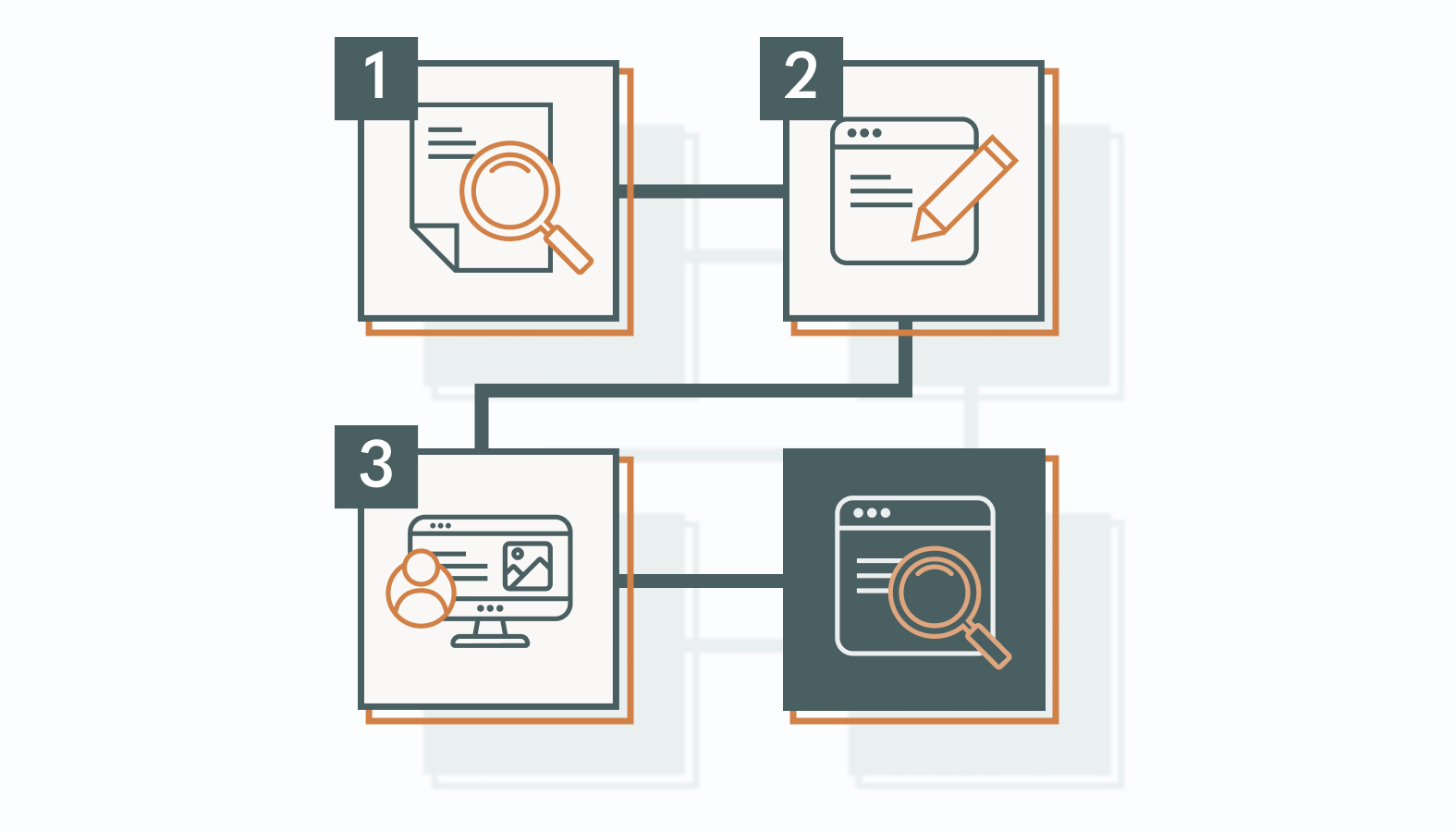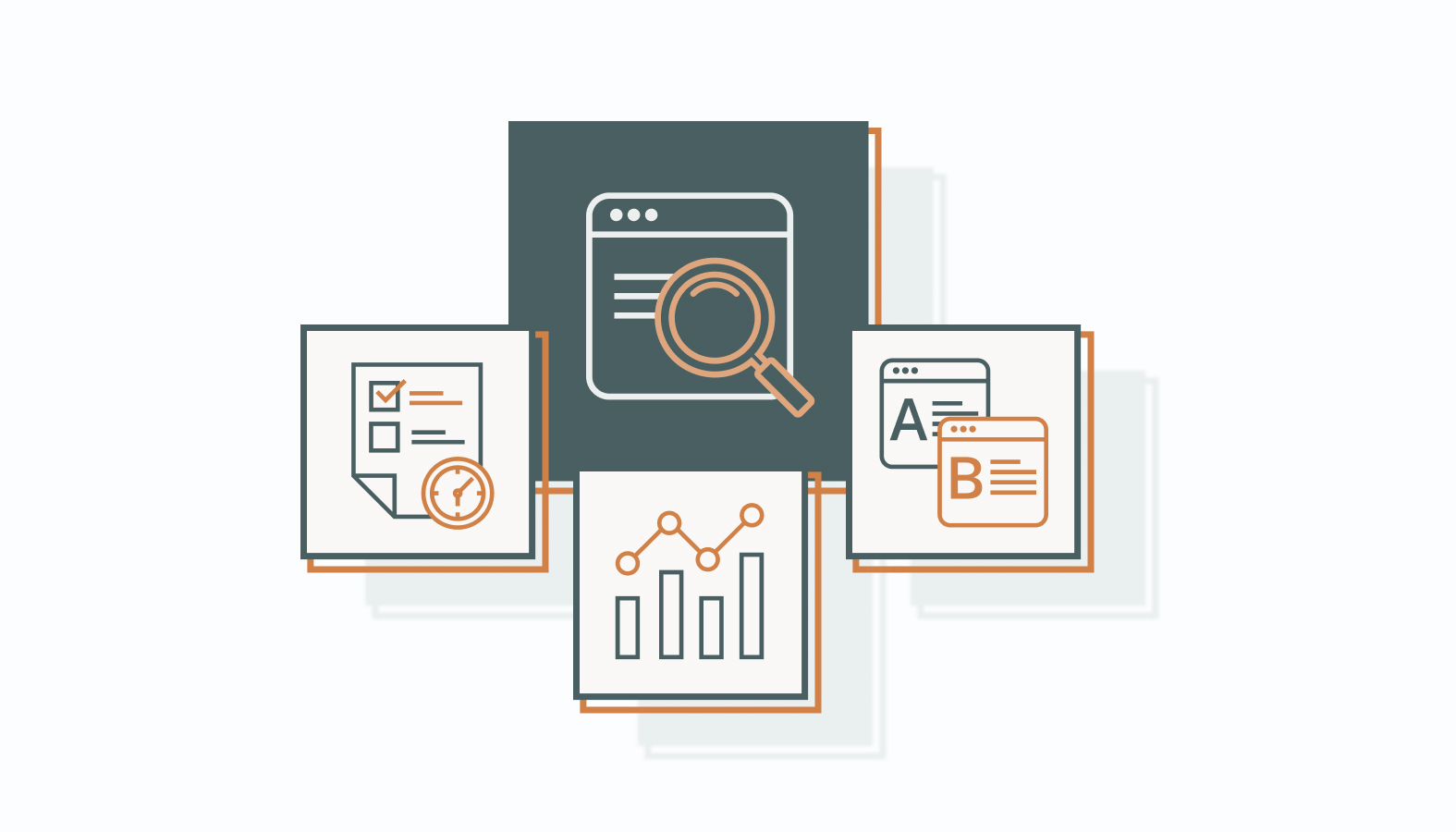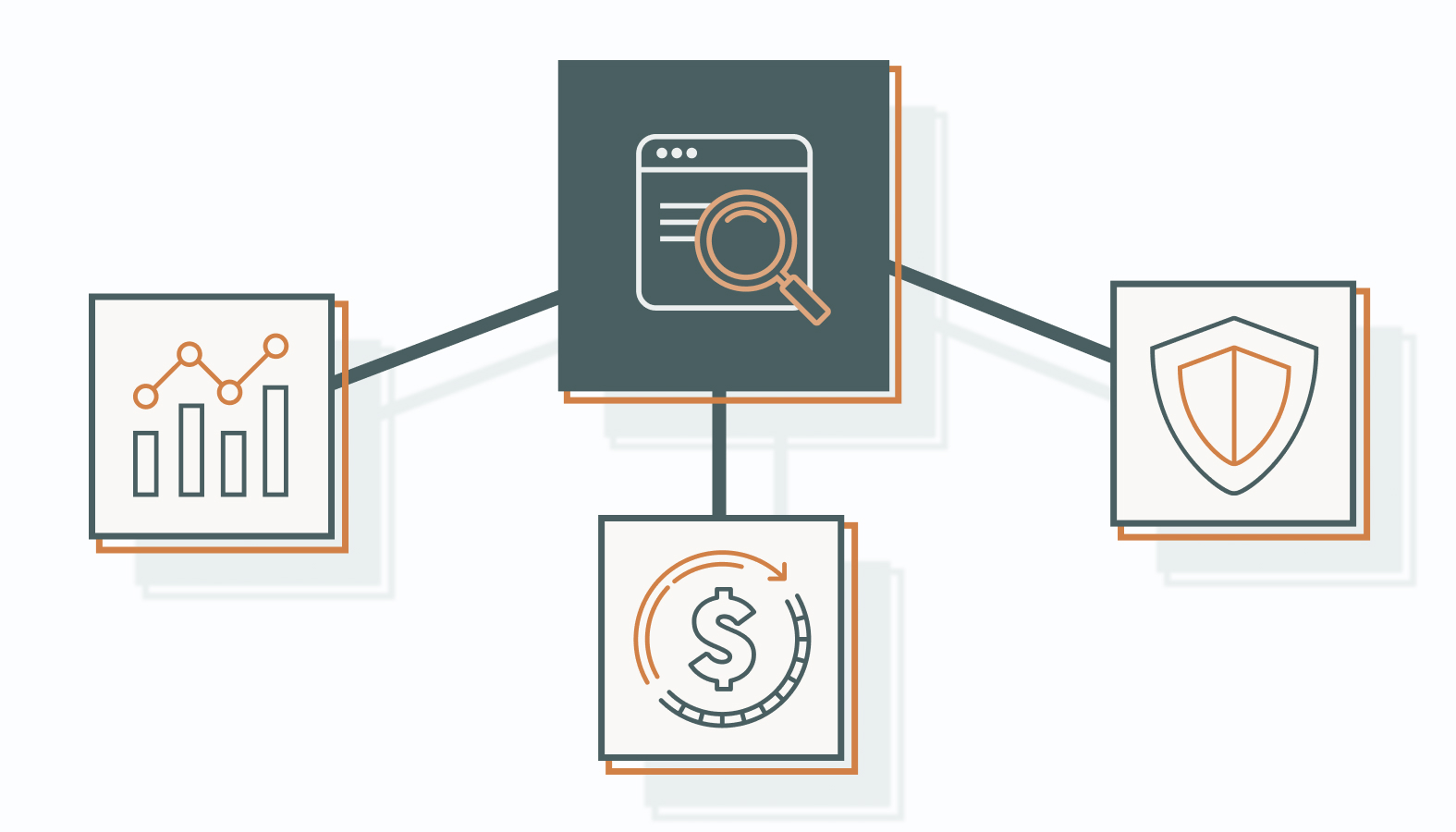Running SEM campaigns isn’t as simple as setting a budget and watching the clicks roll in. Businesses often face a maze of choices: keywords to target, networks to use, and ads to craft that can quickly drain resources if not handled strategically.
Yet when planned and managed correctly, SEM campaigns can become one of the most powerful drivers of traffic, leads, and sales.
This guide breaks down the strategies, campaign types, and optimization techniques that separate average results from exceptional ones. We’ll cover everything from keyword research to ad copywriting to ongoing performance evaluation, giving you a clear roadmap for building campaigns that actually work.
Master SEM Campaigns for Maximum Impact
Mastering SEM (Search Engine Marketing) campaigns is like getting access to a precision tool that can seriously elevate your online presence.
At its core, SEM leverages paid advertising to boost visibility in search results, with benefits that extend beyond mere clicks. Done right, it drives targeted traffic, strengthens brand awareness, generates leads, and ultimately, increases sales.
Here’s why businesses should pay attention:
- Data-driven insights: You can see exactly what’s working, tweak campaigns on the fly, and maximize ROI.
- Targeted reach: SEM connects you with users actively searching for your solutions, putting your brand in front of high-intent prospects.
- Measurable ROI: Every dollar spent can be tracked, analyzed, and optimized, making it easy to justify spending.
- Competitive edge: Showing up in search results at critical moments keeps you ahead in crowded markets.
By combining strategy with execution, SEM becomes a scalable engine for growth that responds in real time to audience behavior.
SEM Campaigns: A Comprehensive Overview
SEM campaigns are made of multiple components, each serving a distinct purpose, yet all working toward the same goal: meaningful engagement with your audience.
Understanding these elements is the first step toward mastering SEM.
- Paid Search Ads: These text-based ads appear on search engine results pages (SERPs) when someone searches for relevant keywords. Paid search is the backbone of SEM because it captures users at the moment of intent (precisely when they’re actively looking for solutions). If used correctly, paid search has the potential to drive highly targeted traffic and immediate conversions.
- Display Ads: Display ads appear across websites in the form of images, videos, or rich media. Unlike search ads, they don’t rely on active intent. They build awareness, reinforce your brand, and retarget visitors who have already interacted with your site. The key is crafting visuals that stand out and messaging that resonates in just a few seconds.
- Shopping Ads: Designed for e-commerce, shopping ads display product images, prices, and links directly in search results. These ads put your products in front of buyers who are ready to purchase, effectively bridging the gap between search and sale. Optimize product images, pricing, and descriptions to maximize their impact.
Together, these components give marketers multiple avenues to reach, engage, and convert potential customers, all while tracking and analyzing performance at a granular level.
Different Strategies in SEM Campaigns
SEM isn’t one-size-fits-all. Each campaign type plays a unique role and should be selected based on business goals, audience behavior, and the customer journey.
- Search Network Campaigns: These campaigns target users actively searching for specific products or services. Ads appear on SERPs when relevant keywords are entered, making them ideal for capturing high-intent traffic. For instance, a sporting goods store might target “buy running shoes online” to reach shoppers at the precise moment they’re ready to purchase.
- Display Network Campaigns: Display campaigns reach audiences across a vast network of websites. They’re great for broad awareness, retargeting past visitors, or introducing a new product to potential customers. The effectiveness comes down to strong visuals and concise, compelling copy. If your ad doesn’t grab attention in seconds, it’s lost in the noise.
- Video Campaigns: Video ads are increasingly important in SEM because dynamic content engages users more effectively than static formats. They’re perfect for storytelling, product demos, or brand messaging. High-quality production, clear messaging, and a strong call to action are non-negotiable here. Users will scroll past anything that feels amateurish.
- Shopping Campaigns: These campaigns showcase products with images, prices, and store info directly in search results. They’re highly effective for e-commerce businesses looking to capture ready-to-buy shoppers. Optimization means accurate descriptions, competitive pricing, and professional imagery. Without those, even the best products can get ignored.
When strategies are selected thoughtfully and executed with precision, SEM campaigns become a tactical advantage that delivers measurable business impact.
How to Create a High-Performance SEM Campaign
High-performance SEM isn’t about spending more. It’s about spending smart. It’s the difference between blasting ads into the void and creating a strategic machine that pulls in the right traffic, engages users, and converts them into loyal customers.
Every element (keywords, ad copy, landing pages) must work together like a well-oiled engine. Skip one piece, and efficiency drops. Nail them all, and your campaign can scale predictably, measureably, and profitably.
Think of it like designing a supercar. The engine alone won’t get you to 200 mph. You need tires, aerodynamics, suspension, and a pilot who knows the track. In SEM, that supercar is your campaign, and strategy is the pilot.
Identifying the Best Keywords for Your Goals
Keywords are the fuel of SEM. They determine who sees your ads and when. Choosing the right keywords is more than guessing what people type. It’s about understanding intent, context, and opportunity.
Techniques for In-Depth Keyword Research
Conducting comprehensive keyword research involves utilizing various tools and methodologies:
- Leverage tools: Platforms like Google Keyword Planner, SEMrush, and Ahrefs reveal search volume, competition, and trends.
- Long-tail focus: Specific phrases like “running shoes for marathon training” often convert better than generic terms like “shoes.”
- Competitor insights: Identify the keywords competitors target and find gaps or opportunities they miss.
Comprehensive research uncovers high-value keywords that balance traffic potential with realistic competition, letting you reach the audience that actually matters.
Analyzing and Choosing the Right Keywords
When evaluating keyword effectiveness, consider the following:
- Evaluate search volume vs. competition. High-volume terms attract traffic but may drain your budget, while niche terms often deliver higher ROI.
- Prioritize relevance to your offering. Your ad must match user intent to convert clicks into action.
- Consider the user journey stage. Top-of-funnel queries differ from bottom-of-funnel purchase intent.
The right keyword mix ensures your ads are visible to users most likely to engage, making every dollar more efficient.
Writing Compelling Ad Copy
Keywords bring users to your ad, but your copy wins the click. Effective copy communicates value immediately and prompts action without overexplaining.
Key components of persuasive ad copy:
- Strong headline: Immediately communicates benefit or solves a problem.
- Clear value proposition: What makes your offer unique or better than alternatives?
- Compelling CTA: Action-oriented language like “Get,” “Discover,” or “Save” drives engagement.
- Emotional triggers: Scarcity, urgency, or incentives motivate clicks.
Think of ad copy as your first handshake with a potential customer. It has to be confident, clear, and compelling. Anything less, and they’ll walk past.
Optimizing the User Experience on Landing Pages
Clicks are useless without conversion. Your landing page is where SEM turns attention into action. A disjointed or slow page wastes the traffic your campaign worked to attract.
Techniques for high-converting landing pages:
- Consistency: Align design, messaging, and tone with the ad. Users should feel continuity from click to page.
- Clarity: Present information simply and prioritize the action you want the user to take.
- Speed: Fast-loading pages prevent abandonment and maintain engagement.
- Prominent CTA: Make it impossible to miss the desired action, whether it’s to purchase, sign up, download, or contact.
- Trust signals: Include reviews, guarantees, or certifications to reduce friction and build confidence.
When landing pages are optimized, every click becomes an opportunity, transforming SEM from a visibility tool into a revenue driver.
Effectively Managing SEM Campaigns
SEM campaigns are not a “set it and forget it” operation. The digital marketplace moves fast: competitors shift tactics, audiences change behavior, and search trends evolve daily.
Without active management and optimization, even the most perfectly executed campaigns will lose traction. The key is turning SEM from a static ad spend into a dynamic, self-correcting growth engine.
Successful SEM management requires three core capabilities:
- structured planning,
- data-driven tracking,
- continuous refinement.
Each ensures your campaigns stay relevant, cost-efficient, and conversion-focused.
1) Planning and Structuring Campaigns for Success
A well-structured campaign is the foundation for meaningful results. Chaos here equals wasted budget, missed opportunities, and poor performance. Structure creates clarity, precision, and control, giving you the agility to respond to market shifts quickly.
Essential steps for campaign structure:
- Define clear objectives: Identify what success looks like. Examples: increasing qualified leads, boosting high-intent traffic, or improving sales conversions. Objectives guide targeting, bidding, and messaging.
- Segment your audience: Divide broad audiences into smaller, actionable segments. Tailor keywords, ad copy, and offers to match each segment’s unique intent.
- Logical ad group structure: Organize campaigns into tightly themed ad groups. This ensures relevance, enhances Quality Scores, and improves ROI on bids.
- Align with the funnel: Mapping campaigns to buyer journey stages: top-of-funnel campaigns for awareness, mid-funnel for consideration, and bottom-funnel for purchase.
A structured approach ensures campaigns aren’t just active, but also intelligently active, optimized for results.
2) Leveraging Analytics for Better Conversion Tracking
Analytics goes beyond numbers; it’s the decision engine of SEM. Properly implemented, tracking reveals exactly what’s working, what’s not, and where you can improve.
Precision with UTM tracking:
- Append UTM parameters to every URL to identify source, medium, and campaign.
- Use consistent naming conventions to streamline reporting.
- Regularly review UTM data to understand which campaigns, keywords, or creatives drive meaningful traffic and conversions.
Simplifying with automatic conversion tracking:
- Define conversion goals: Purchases, sign-ups, downloads, or whatever action aligns with your objectives.
- Integrate with ad platforms: Most platforms offer built-in conversion tracking for seamless reporting.
- Install tracking codes: Place snippets on conversion pages and test for accuracy.
With accurate tracking, you’re not guessing. You’re measuring, learning, and adjusting in real time.
3) Continuous Improvement through Testing
No SEM campaign reaches peak performance by remaining static. Testing isn’t optional; it’s the engine of refinement.
A/B Testing for Ads:
- Headlines: Test variations to see what captures attention.
- Call to Action: Different phrasing can drastically impact click-throughs.
- Visuals: Images and layouts influence engagement; test to determine which drives results.
Iterative Campaign Enhancements:
- Regular performance reviews: Schedule weekly or bi-weekly check-ins to analyze metrics.
- Adjust bids strategically: Shift budget to high-performing keywords and ads; reduce spend on underperformers.
- Refresh creatives: Keep ad copy, visuals, and offers updated to maintain relevance and reduce audience fatigue.
- Refine audience targeting: Reassess demographics, geographies, and interest segments to align with evolving behavior.
Continuous improvement ensures SEM campaigns remain adaptive, precise, and ROI-driven, instead of static and expensive.
Effectively managing SEM campaigns transforms them from a simple visibility tool into a competitive advantage. Structured planning keeps your efforts organized, analytics provide insight into what actually works, and continuous testing ensures campaigns evolve with the market.
When done correctly, SEM campaigns generate measurable results, maximize ROI, and build a repeatable growth engine.
Evaluating and Improving SEM Performance
Evaluating performance transforms data into decisions, helping you spot what’s working, what’s underperforming, and where you can push harder to amplify ROI. The smarter you analyze, the sharper your campaigns become.
Performance evaluation is not a box-checking exercise. It’s a strategic process that ensures your SEM campaigns remain efficient, effective, and aligned with business outcomes.
Tracking Essential Performance Metrics
Numbers without context are meaningless. Focus on the metrics that reveal true campaign health and guide tactical adjustments.
Key performance indicators to monitor:
- Impression share: Are your ads showing to the right audience often enough to matter?
- Click-through rate (CTR): Measures how compelling your ads are at attracting attention.
- Conversion rate: Tracks how well clicks translate into desired actions.
- Cost per acquisition (CPA): Indicates efficiency of ad spend relative to results.
- Return on ad spend (ROAS): Quantifies profitability, showing whether your campaigns pay for themselves.
Monitoring these KPIs allows for evidence-based decisions, not guesswork.
Improving Quality Score
Quality Score is your secret weapon in SEM. It impacts both cost and visibility. Higher scores reduce CPC while increasing the likelihood your ads appear at critical moments.
How to improve Quality Score:
- Tighten ad relevance: Align ad copy with target keywords and the user’s intent.
- Optimize landing pages: Ensure pages load fast, are mobile-friendly, and provide content that satisfies search intent.
- Enhance expected CTR: Craft engaging headlines and calls-to-action that compel clicks.
Think of Quality Score as the fuel efficiency of your SEM engine. The better it is, the farther your budget goes.
Enhancing Click-Through Rate (CTR) and Conversions
CTR attracts attention; conversions turn interest into action. Both metrics signal the effectiveness of your creative and targeting.
Proven strategies to increase engagement:
- A/B test ad variations: Headlines, descriptions, and calls-to-action can dramatically shift performance.
- Refine keyword targeting: Focus on intent-rich terms that match what your audience is actively searching for.
- Use compelling offers: Time-sensitive promotions, discounts, or exclusive deals incentivize clicks and conversions.
- Leverage dynamic messaging: Tailor ad copy to location, device, or user behavior to increase relevance.
The goal is simple: make your ads irresistible at first glance and your landing pages conversion-ready.
Maximizing ROI with Strategic Improvements
ROI is the ultimate scorecard. Every adjustment you make should answer one question: Does this move the business needle?
ROI-focused strategies:
- Budget allocation: Shift spend to campaigns, ad groups, or keywords delivering the highest impact.
- Bid optimization: Adjust bids based on performance insights to maximize cost-efficiency.
- Audience targeting: Segment and refine demographics, interests, and behaviors to reach high-value users.
- Cross-channel integration: Align SEM with other marketing channels to amplify results and reduce wasted spend.
A tactical, data-driven approach ensures every dollar generates measurable impact rather than blind exposure.
Ensuring Compliance and Security in SEM
Even the most profitable SEM campaigns are worthless if they violate policies or compromise user trust. Staying compliant safeguards both your results and your brand reputation.
Best practices:
- Follow platform guidelines: Google Ads, Microsoft Ads, and others update rules constantly. Stay ahead of changes.
- Secure user data: Encrypt and safely store data collected through forms or tracking pixels.
- Regular audits: Conduct periodic reviews to spot policy gaps or potential vulnerabilities.
Campaigns that perform brilliantly and operate ethically are the ones that last.
Evaluating and improving SEM performance is about turning insights into action. Track the right metrics, fine-tune Quality Score, optimize CTR and conversions, maximize ROI, and maintain compliance.
When done consistently, SEM campaigns stop being a cost center. It becomes a self-correcting growth engine, one that drives measurable business outcomes, maximizes efficiency, and keeps you ahead of the competition.
Turning SEM Insights into Growth
Mastering SEM is a continuous cycle of strategy, execution, and refinement. From selecting high-value keywords to crafting compelling ad copy and optimizing landing pages, every element must work in concert.
Regular evaluation, data-driven adjustments, and iterative testing ensure your campaigns not only perform well but also continually improve. They scale intelligently and profitably.
Tracking metrics like Quality Score, CTR, conversion rates, and ROI provides clarity on what drives results. Strategic improvements, paired with vigilant compliance and secure data handling, keep campaigns efficient, trustworthy, and aligned with business objectives.
When SEM is managed as a precision engine rather than a scattergun spend, every click becomes an opportunity, fueling growth, increasing engagement, and delivering measurable returns.
Partner with SEM Experts Who Deliver Results
Stop navigating SEM on your own. Our seasoned SEM strategists turn clicks into measurable growth, optimizing every campaign element from keywords to landing pages.
With data-driven insights, precision targeting, and continuous refinement, we ensure your ad spend works harder and smarter.
Schedule a candid conversation with one of our experts, and let’s transform your campaigns into a scalable, ROI-driven engine that drives traffic, leads, and sales with confidence.










